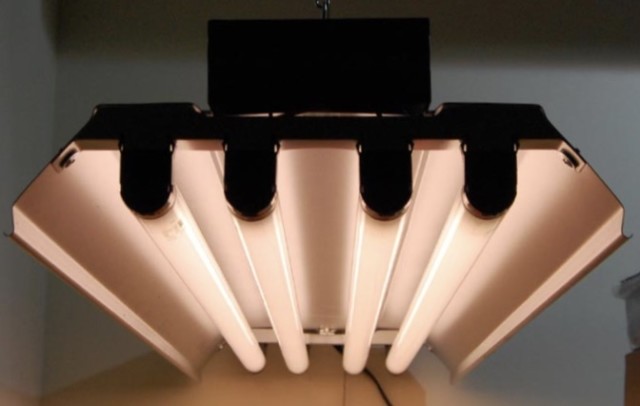
Claims abound about the energy consumption of the legal marijuana industry. The most recent wave comes from a 2016 report from New Frontier, “Illuminating Cannabis,” attributing 1 percent of U.S. energy use, or $6 billion, to the cannabis industry.
It’s true — in its current state, the marijuana industry is energy intensive — it takes a lot of electricity to grow plants indoors with the help of fluorescent lights, ventilators, dehumidifiers and climate control systems, but the numbers being reported are not an accurate measurement of the industry’s current inputs nor prediction of its future consumption.
They stem from a 2011 study by Evan Mills that uses data from before the legalization of recreational marijuana and that does not account for improvements in grow technology and efficiency since then. In a normal industry, five-year-old numbers might be close enough, but in the marijuana business the years pass more like dog years, with giant leaps of innovation and change occurring with each tick of the calendar.
“We have already seen three generations of growhouses being built, and I think each new generation is getting better at it,” says Ron Flax, sustainability examiner for Boulder County. “Growers are starting to look at this in a much more sophisticated fashion. The first grow houses that we were seeing were taking the same technology that they had been using for decades in illegal grows. I talked to someone who was an inspector for the City of Boulder, who went to a facility where they were drying plants in about a half dozen Black & Decker toaster ovens because that’s what they were using at home before. Now we are seeing more sophisticated products and control systems, more intricate types of mechanical systems. There is a lot of efficiency to be gained there.”
Regardless of the current accuracy of the study, the attention it brings to the energy consumption of the industry begs the question: Is cannabis cultivation really the most appropriate use of our increasingly scarce resources?
Mills’ study looks at the “efficiency” of the cannabis industry in comparison to other industries, defined as the amount of energy required to generate economic value. Of the 21 industries included, cannabis emerged as the least efficient industry at 20 megajoules per thousand dollars of wholesale price, followed by paper at 14 MJ. The villain of climate change, petroleum and coal, came in fifth, at 6 MJ per thousand dollars.
While it may be tempting to admonish the cannabis industry for its brazen use of energy, the situation is far too complex and the industry much too young to draw any such conclusion. Instead, the New Frontier study is a call to look at why cannabis cultivation uses so much energy, how its consumption patterns are changing and what the future holds.
As the legal industry peeks its head above ground for the first time in decades, there is a lot of scrutiny focused on marijuana that has nothing to do with energy use or resource consumption. Rather, the most pressing questions revolve around safety, responsible stewardship, regulation and enforcement. Here too the industry is experiencing fast and frequent change, just as regulation is formed it is amended, creating a seemingly endless loop of regulatory adjustments that requires the constant attention and capital of the new marijuana businesses.
There are also the market concerns of the industry as a cohort of new businesses try to stake their territory in an uncertain competitive landscape. Even though energy inputs make up a substantial portion of business costs for cultivators, it is not as important to cultivators as capturing market share.
A facility of 5,000 square feet is consuming an average of 29,000 KW hours a month, according to Boulder County data, which is usually around 20 percent of the wholesale price of cannabis. For comparison, the average energy consumption for the average commercial operation in that size space is 5,750 KW hours.
Flax says that energy consumption will become more important as the market approaches saturation, which may already be happening. As competition increases, product prices will drop and energy will make up increasingly greater percentages of company costs. With growth slowing, prices dropping, cutting the cost of inputs will begin to make meaningful improvements to the bottom line an important element to any sustainability claim.
As energy consumption statistics of the cannabis industry put pressure on the industry to increase its efficiency, solutions abound. Flax says that there isn’t just low-hanging fruit, but fruit on the ground — solutions that, if adopted, will significantly decrease the energy use of the industry. In the short-term the County is working with growers to help them improve their load factors, while business owners themselves look to update their lighting systems by incorporating LED lights and taking advantage of increasingly sophisticated and energy-efficient grow technologies.
With more and more states considering legalization of both medical and recreational marijuana, long-term solutions might look more like a return to the roots of the industry — agriculture.
“The real big picture is probably not growing quite so much of it in this highly controlled, artificial light environment,” Flax says. “[Marijuana] has been growing and evolving with people long before agriculture, and it has done that for most of the time without anything like a lightbulb. The plant was growing outside in the sun.”














